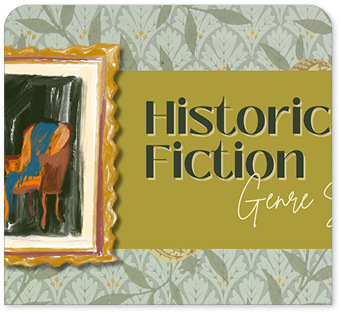-
Mon-Fri: 10AM to 8PM 01722665665
-
My Account
-
-
0
Total :
₹ 0.00

Yes, it is specifically designed for JEE Main & Advanced, covering advanced problem sets and solutions.
While it follows the JEE syllabus, it complements NCERT concepts with higher difficulty problems.
Yes, especially for the Organic Chemistry section, as it covers reaction mechanisms and named reactions.
It includes JEE-level problems but focuses more on conceptual and advanced questions rather than past papers.
Does it include a revision chart?
Yes, many top JEE coaching centers recommend it for Organic Chemistry practice.
Yes, but it is more beneficial after completing basic NCERT concepts.
Yes, Isomerism (Structural & Stereoisomerism) is covered extensively.
Yes, the problem difficulty aligns with Olympiad-level questions.
Yes, Chapter 14 covers Biomolecules, and additional topics are included as per the syllabus.
No Description Added
Yes, it is specifically designed for JEE Main & Advanced, covering advanced problem sets and solutions.
While it follows the JEE syllabus, it complements NCERT concepts with higher difficulty problems.
Yes, especially for the Organic Chemistry section, as it covers reaction mechanisms and named reactions.
It includes JEE-level problems but focuses more on conceptual and advanced questions rather than past papers.
Does it include a revision chart?
Yes, many top JEE coaching centers recommend it for Organic Chemistry practice.
Yes, but it is more beneficial after completing basic NCERT concepts.
Yes, Isomerism (Structural & Stereoisomerism) is covered extensively.
Yes, the problem difficulty aligns with Olympiad-level questions.
Yes, Chapter 14 covers Biomolecules, and additional topics are included as per the syllabus.


